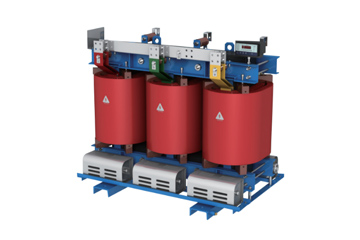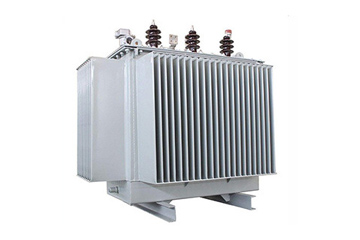Whether lightning strikes, switch operations, or other surges occur, they can cause electrical faults or even safety accidents in residential power systems and industrial equipment. Surge protectors actively provide reliable protection for these systems, but some users may still question their impact on system performance. This article examines three key questions in detail: “Will Installing a Surge Protector Affect the System’s Normal Operation?”, “How to determine if a surge protector is functioning properly?”, and “Can I Leave My Surge Protector On All the Time?”.
Will Installing a Surge Protector Affect the System’s Normal Operation?
The main purpose of installing a surge protector is to protect circuits and equipment from damage caused by transient overvoltages, thus prolonging the life of the equipment and improving the stability of the system. From this point of view, the installation of surge protectors not only does not negatively affect the normal operation of the system, but also enhances the reliability of the system.
First of all, surge protectors have a minimal impact on the circuitry during normal operation. They are designed to activate quickly when an overvoltage is detected, directing the overvoltage to ground or earth, while remaining high impedance at normal voltages, with little or no effect on the circuit. Therefore, in the case of correct installation and configuration of surge protectors, the normal operation of the system will not be disturbed.
Secondly, the installation location and wiring of the surge protector, is also a key factor in ensuring that it does not affect the normal operation of the system. During installation, it should be ensured that the electrical connection between the surge protector and the protected equipment is good, and the grounding system is reliable. It is also important to avoid installing the surge protector in a location where its performance may be degraded, by environmental factors such as overheating, humidity, or vibration.
However, surge protectors do have the potential to adversely affect the system, if they are not installed properly or if the wrong model is selected. For example, if the rated voltage of the surge protector is lower than the actual operating voltage of the system, the surge protector may act frequently during normal operation, causing the system voltage to fluctuate or even cause a fault. Therefore, before installing a surge protector, the needs and conditions of the system must be carefully evaluated to select the appropriate model and installation location.
How to Determine if a Surge Protector is Functioning Properly?

1、Observe the Indicator Light: Many surge protectors are equipped with an indicator light to show their operational status. Under normal working conditions, the indicator light should be solid or flashing (depending on the surge protector’s design). If the light is off or flashing abnormally, it could indicate that the surge protector is faulty.
2、Inspect the Appearance: Regularly check the appearance of the surge protector, including whether the enclosure is intact, if there are any cracks or deformation, and if the wiring is loose. These signs may suggest that the surge protector has been subjected to an overvoltage surge or has other potential issues.
3、Measure Electrical Parameters: Use professional testing instruments to measure the electrical parameters of the surge protector, such as leakage current, varistor resistance, etc. Changes in these parameters can reflect the surge protector’s performance status. For example, if the leakage current increases, it may indicate that the internal components of the surge protector have become aged or damaged. This testing requires careful operation and is recommended to be conducted by qualified technicians.
4、Record Historical Data: Keep a maintenance log for the surge protector, including installation date, results of previous checks, and maintenance actions taken. By comparing historical data, you can identify performance trends of the surge protector and take appropriate maintenance actions.
Can I Leave My Surge Protector On All the Time?
The main function of a surge protector is to provide protection against sudden electrical surges, and its operational characteristics require it to continuously monitor voltage changes during the power system’s operation, immediately responding when an anomaly occurs. Therefore, under normal conditions, the surge protector remains in an on state at all times.
However, it is important to note that surge protectors are not maintenance free devices. Over extended periods of use, overvoltage surges, aging, and other factors gradually degrade their internal components. To ensure the surge protector continues to operate effectively, users must regularly inspect and maintain it.
Additionally, in specific situations, such as during system shutdowns for maintenance or when the surge protector experiences a fault, users may need to temporarily turn it off. In such cases, they must ensure the system implements other protective measures to prevent damage from overvoltage during the downtime.
In summary, installing the surge protector will not only avoid negatively impacting the normal operation of the system, but it can also enhance the system’s reliability. To determine whether the surge protector operates normally, one must comprehensively consider the status of the indicator, the appearance of the device during inspection, the measurement of electrical parameters, historical data records, and results from professional testing. At the same time, regularly inspecting and maintaining the surge protector ensures its continued effective operation, and replacing it when necessary safeguards performance. Under normal circumstances, the surge protector remains on to provide continuous protection.




